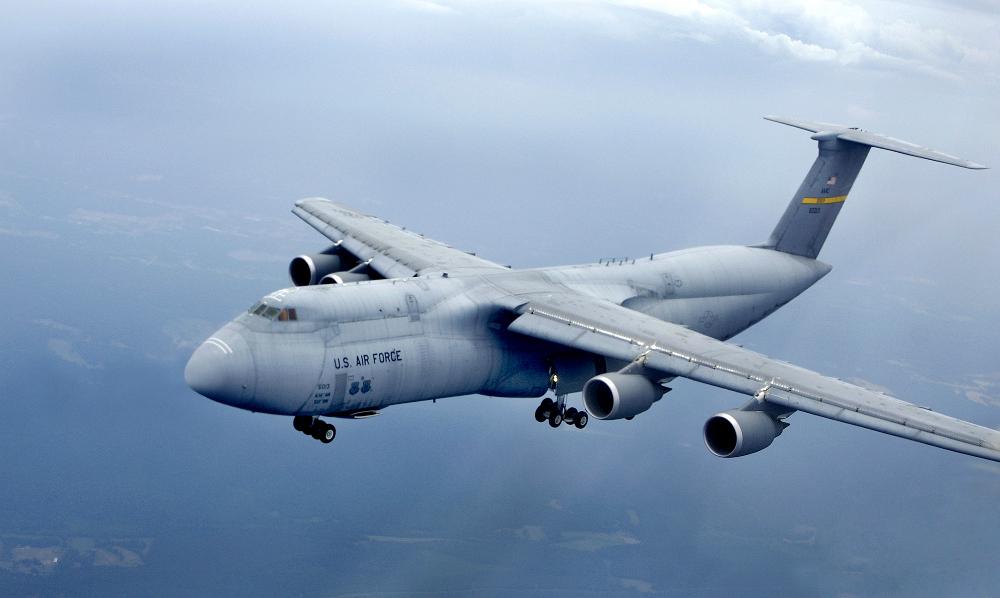
Credit: USAF
Over the last four months, the U.S. Air Force’s aging C-5M Super Galaxy daily flight rate hovered around 20%, according to exclusive data provided to Aerospace DAILY. The low daily flight rate may signal an availability shortfall. One recent example was three C-5s, located at Travis AFB in...
Subscription Required
This content requires a subscription to one of the Aviation Week Intelligence Network (AWIN) bundles.
Schedule a demo today to find out how you can access this content and similar content related to your area of the global aviation industry.
Already an AWIN subscriber? Login
Did you know? Aviation Week has won top honors multiple times in the Jesse H. Neal National Business Journalism Awards, the business-to-business media equivalent of the Pulitzer Prizes.





